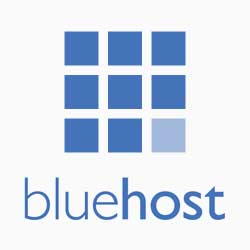Email list segmentation involves dividing your subscribers into smaller, targeted groups based on shared characteristics or behaviors. This enables you to deliver personalized content that resonates with each group. Here’s how to effectively segment your email list:
1. Identify Segmentation Criteria
Choose factors that align with your goals and audience data. Common email list segmentation criteria include:
- Demographics: Age, gender, location, income level, job title.
- Psychographics: Interests, values, lifestyle.
- Behavior: Purchase history, browsing habits, email engagement (opens, clicks, or inactivity).
- Stage in Buyer Journey: New leads, repeat customers, or lapsed subscribers.
- Preferences: Content type (e.g., promotions, newsletters, educational materials).
2. Use Email Platform Features
- Most email marketing platforms (e.g., Aweber, Klaviyo, HubSpot) allow you to create segments based on criteria like:
- Signup forms (e.g., preferences indicated at signup).
- Engagement history (e.g., click-through rates or email opens).
- Purchase or activity data (e.g., items bought or pages visited).
3. Examples of Segmentation
- New Subscribers: Send a welcome series to introduce them to your brand.
- Location-Based Segmentation: Target promotions or events in specific regions.
- Engagement Level:
- Highly engaged: Send exclusive offers or VIP content.
- Low engagement: Send re-engagement campaigns.
- Past Purchases:
- Promote complementary or related products.
- Reward repeat buyers with loyalty perks.
4. Survey Your Audience
- Use polls, surveys, or preference forms to gather insights directly from subscribers.
- Ask questions like:
- “What types of updates are you interested in?”
- “How often would you like to receive emails?”
“Email list segmentation transforms generic messages into personalized conversations, fostering stronger connections and driving higher engagement.”
5. Personalize Content for Each Segment
Tailor your messaging, subject lines, and offers to match the email list segment’s interests and needs. For example:
- Send tutorials to new users.
- Share updates or exclusive deals with loyal customers.
- Use personalized product recommendations based on browsing or purchase history.
6. Analyze and Adjust Segments
- Continuously monitor the performance of your campaigns within each segment.
- Refine your segmentation strategy based on metrics like open rates, click-through rates, and conversion rates.
Advanced Segmentation Ideas
- Cart Abandoners: Target customers who added items to their cart but didn’t complete the purchase.
- Seasonal Shoppers: Email list segmentation based on buying patterns during specific times of the year.
- Customer Lifetime Value (CLV): Separate high-value customers for exclusive perks.
Tools to Assist Segmentation
- Email platforms with segmentation features: Aweber, HubSpot, ActiveCampaign, Klaviyo.
- Analytics tools for deeper insights: Google Analytics, CRM systems.
Would you like help setting up specific segments for your campaign? Comment below for advice from the community.




This is a test comment.